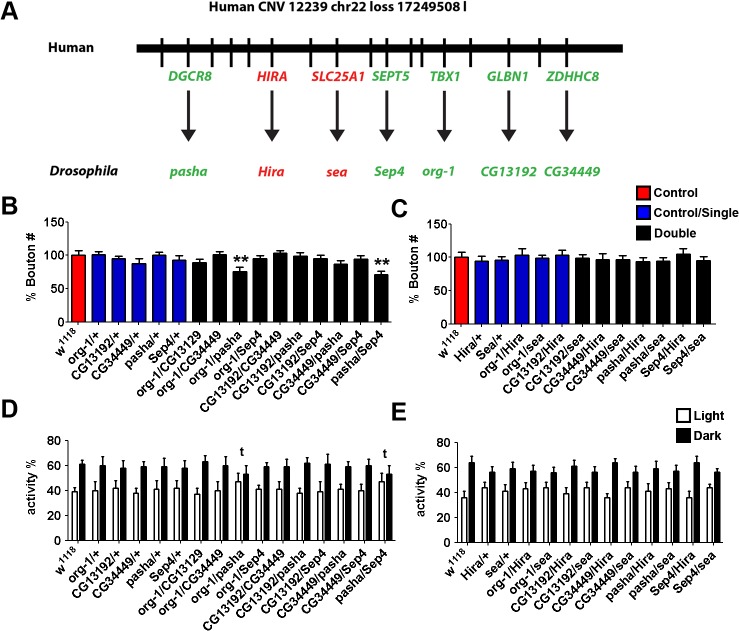Fig 4. Synergistic interactions in Drosophila between org-1, pasha and Sept4, the orthologues of ASD-candidate genes from a de novo loss CNV 12239_chr22_loss_17249508_l.
A. The Locus of the CNV with mapped Drosophila orthologues (candidates, green; control, red). B. Synaptic alterations were characterised by NMJ bouton number. Individual heterozygous mutants of 5 candidate gene orthologues (org-1, CG13192, CG34449, pasha, Sep4; blue bars) gave no significant change in NMJ morphology over w 1118 controls (red bar). org-1/pasha and pasha/Sep4 transheterozygotes display reduced bouton. (n>20, Kruskal-Wallis test, ** P<0.01). The mutants pasha LL03360, org-1MB01466 and Sep4 NP7170 were used respectively. C. Non-candidate gene controls Hira (using Hira 185) and Sea (using sea EP3364) selected from genes found within CNV gave no significant NMJ phenotype singularly or when crossed to form transheterozygotes with candidate genes. D. and E. Circadian rhythm analysis of candidate genes. All negative control and single mutants displayed normal light/dark differences in sleeping patterns. However, org-1/pasha and pasha/Sep4 transheterozygotes lost the dark bias, and displayed no significant difference between light/dark sleeping patterns (t).

